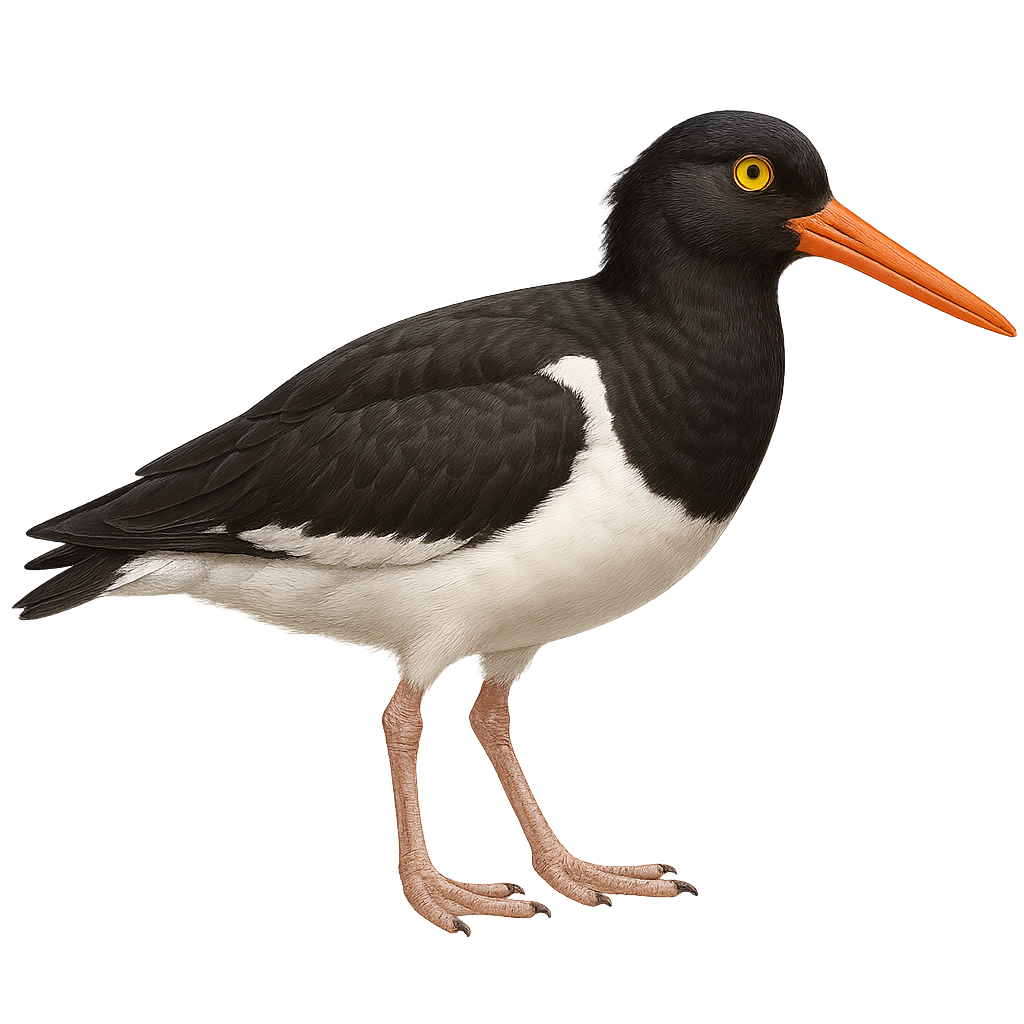Your wildlife photography guide.
Explore the magellanic oystercatcher in detail, study its behavior, prepare your shots.
Where to observe and photograph the magellanic oystercatcher in the wild
Learn where and when to spot the magellanic oystercatcher in the wild, how to identify the species based on distinctive features, and what natural environments it inhabits. The WildlifePhotographer app offers tailored photography tips that reflect the magellanic oystercatcher’s behavior, helping you capture better wildlife images. Explore the full species profile for key information including description, habitat, active periods, and approach techniques.
Magellanic Oystercatcher
Scientific name: Haematopus leucopodus

IUCN Status: Least Concern
Family: HAEMATOPODIDAE
Group: Birds
Sensitivity to human approach: Suspicious
Minimum approach distance: 10 m
Courtship display: October to December
Incubation: 27-28 jours
Hatchings: October to January
Habitat:
Rocky shores, pebble beaches, estuaries
Activity period :
Primarily active during the day, with peak activity in the morning and late afternoon.
Identification and description:
The Magellanic Oystercatcher, or Haematopus leucopodus, is a distinctive coastal bird known for its black and white plumage and bright red bill. It primarily inhabits rocky shores and pebble beaches in southern South America, particularly in Patagonia and Tierra del Fuego. This bird is an excellent forager, using its strong bill to pry open shells and feed on mollusks and crustaceans. Magellanic Oystercatchers are monogamous and highly territorial, vigorously defending their nesting territory from intruders. Their nest is often a simple scrape in the ground, where they typically lay two to three eggs. Although they are relatively tolerant of human presence, it is important to respect their space to avoid disturbing their natural behavior.
Recommended lens:
400mm – adjust based on distance, desired framing (portrait or habitat), and approach conditions.
Photography tips:
To photograph the Magellanic Oystercatcher, it is advisable to use a telephoto lens of 400mm or more to capture detailed images without disturbing the bird. The best opportunities often arise during low tide when the bird is actively foraging. Try to position yourself at a safe distance of about 10 meters to avoid disturbing it. Be patient and discreet, using neutral-colored clothing to blend into the coastal environment.
The WildlifePhotographer App is coming soon!
Be the first to explore the best nature spots, track rutting seasons, log your observations, and observe more wildlife.
Already 1 429 wildlife lovers subscribed worldwide

